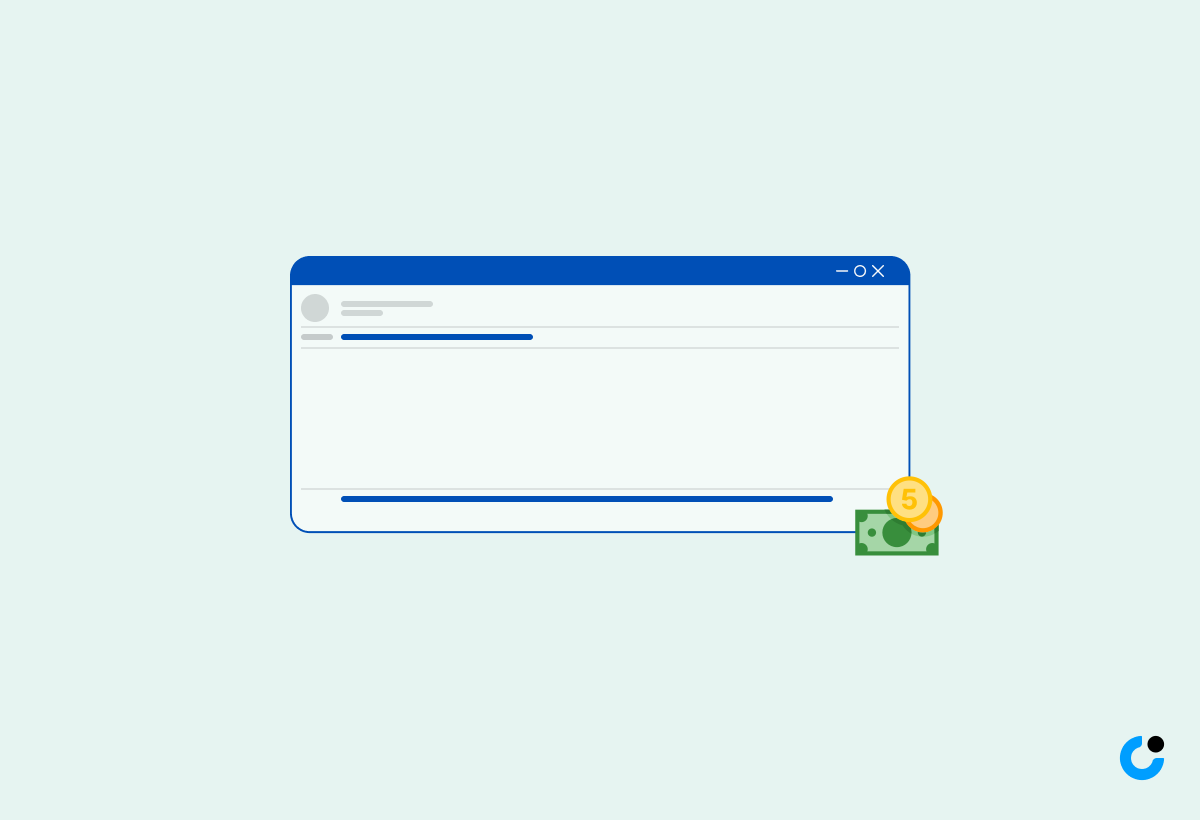Are you in need of guidance on how to effectively communicate your reimbursement requests? Look no further! In this comprehensive article, we will walk you through the essential components of a reimbursement letter, including the subject line, body, and closing.
We will also provide you with examples of various reimbursement letters, such as those for travel expenses or medical costs. We will share a template to help you craft your own reimbursement letter and offer tips and best practices for writing effectively.
Stay tuned for valuable insights and resources to streamline the reimbursement process.
Key Takeaways:
Clearly state the purpose of the reimbursement in the subject line of the letter.
Provide a detailed breakdown of expenses and any supporting documents in the body of the letter.
Use a reimbursement letter template and follow best practices for a professional and effective communication.
Introduction to Writing a Reimbursement Letter
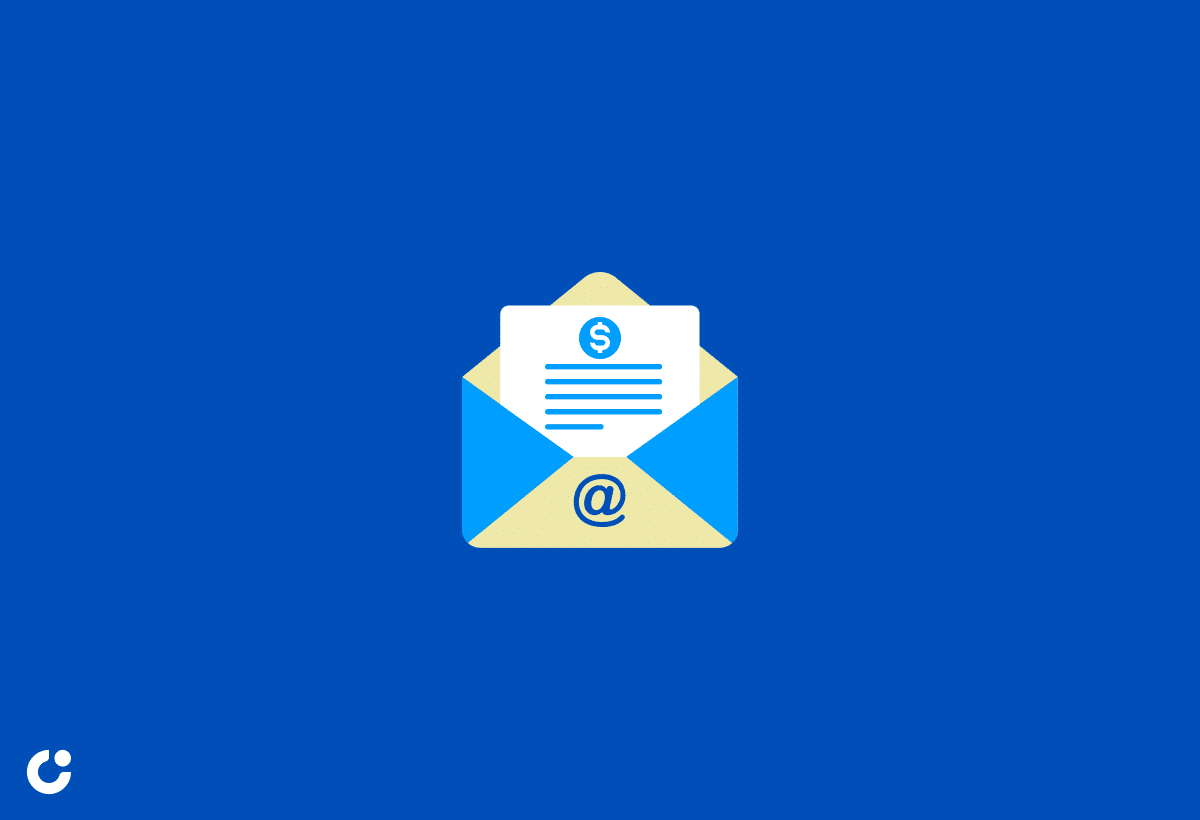
In terms of seeking reimbursement for incurred expenses or advance payments, sending a well-crafted reimbursement email is crucial.
These emails serve as a formal means of communication, highlighting the importance of clear and concise language to ensure mutual understanding between the sender and the recipient. An effective reimbursement email typically consists of a subject line that clearly states the purpose, such as 'Request for Reimbursement' or 'Expense Claim Submission.'
The body content should detail the expenses incurred, providing a breakdown of costs with relevant receipts attached, if applicable. Examples of common reimbursement scenarios include travel expenses for business trips, medical expenses, claims for lost or damaged items, or reimbursement for interview-related costs.
The email should conclude with a professional sign-off, such as 'Sincerely' or 'Best Regards,' followed by the sender's name and contact information. Emphasizing the inclusion of essential details, like account numbers for refund processing, supporting receipts, and any other required documentation, is paramount for a successful reimbursement process.
Understanding the Purpose of a Reimbursement Letter
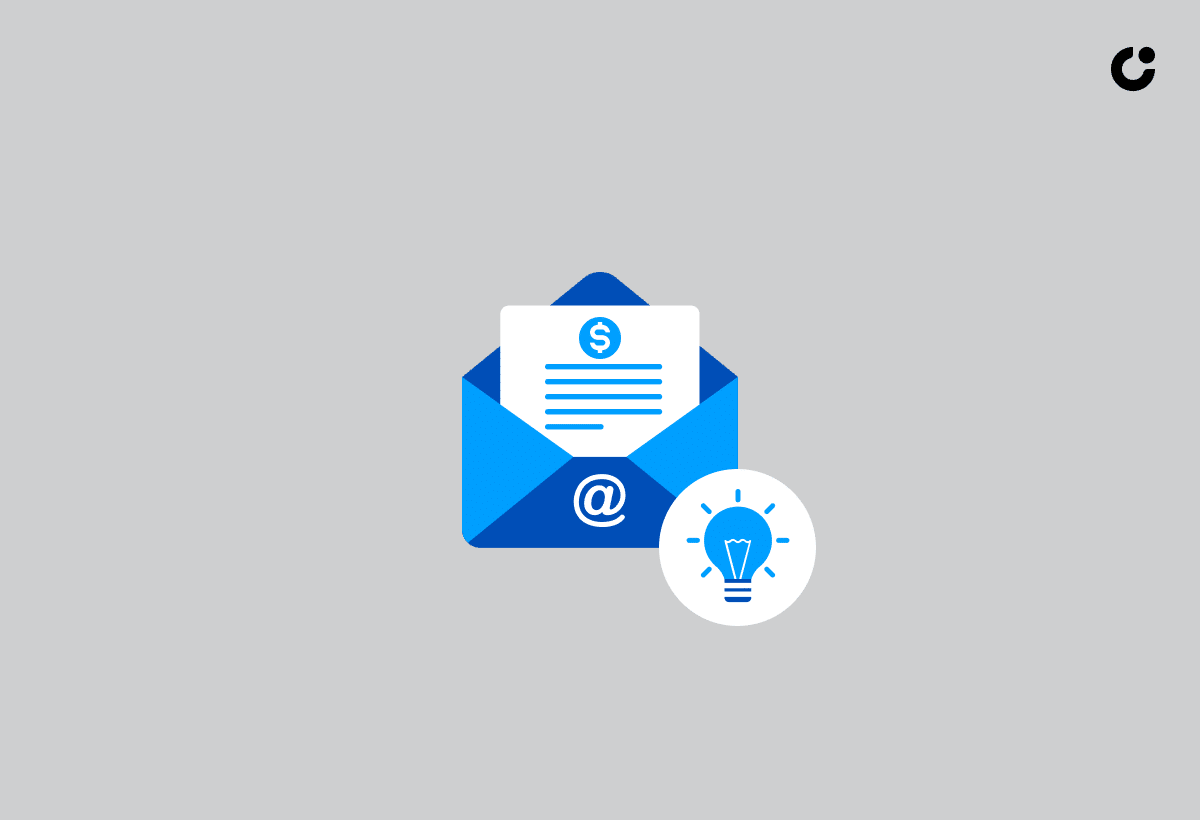
A reimbursement letter serves as a formal request for payment of expenses incurred by an individual, seeking to recover funds for various purposes such as travel expenses, medical bills, lost or damaged items, or advance payments.
When crafting a reimbursement letter, it is crucial to outline the details of the expenses with clarity, specifying the amount, date, and nature of the cost incurred. This transparency not only helps in expediting the reimbursement process but also establishes a clear record for both parties involved. Professionalism in language and format is key, as it conveys a sense of reliability and seriousness in the claim being made. Supporting documentation, such as receipts, invoices, or proof of expenses, should always be included to substantiate the request and facilitate a smooth review and approval process.
Essential Components of a Reimbursement Letter
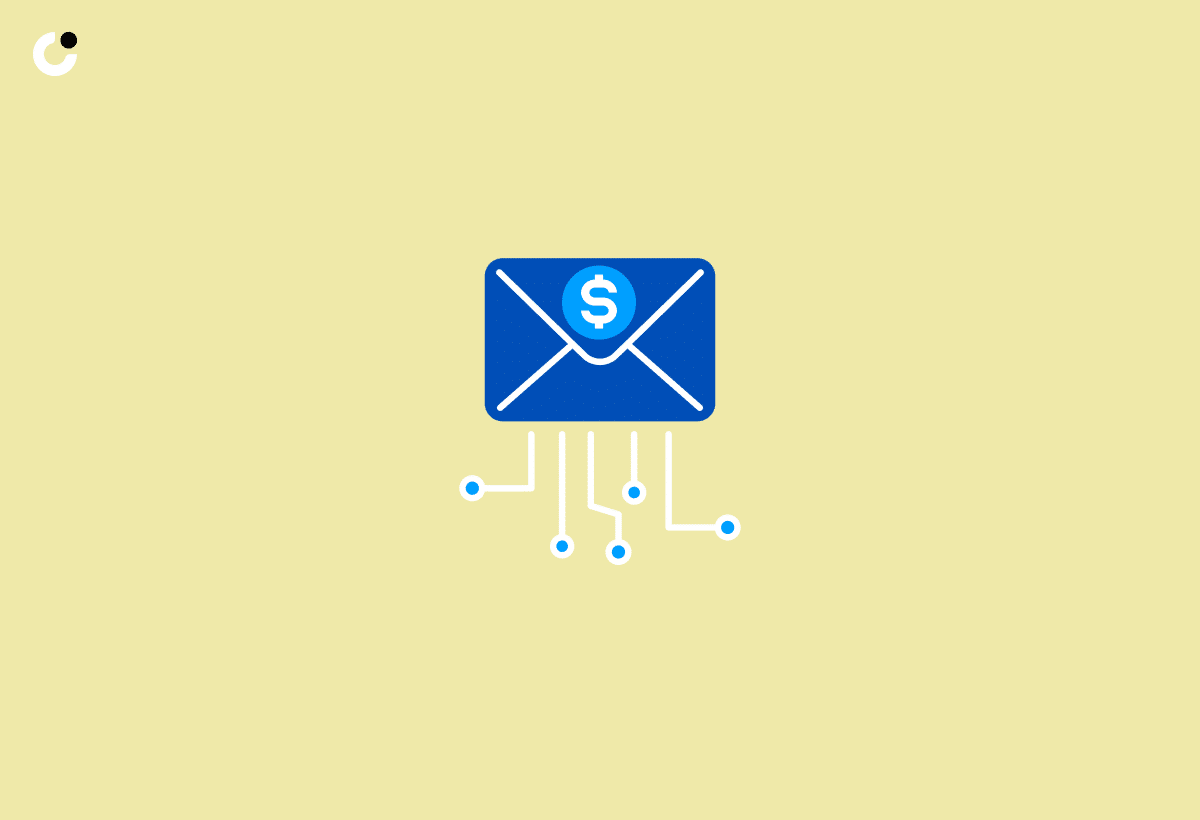
A well-structured reimbursement letter consists of several key components, each playing a crucial role in effectively communicating the request for payment or refund.
One of the most vital aspects of a reimbursement letter is the subject line, which should be clear and concise, summarizing the purpose of the correspondence. It serves as the initial point of contact, capturing the recipient's attention and setting the tone for the rest of the letter.
The body content should provide a detailed account of the expenses incurred, the reasons necessitating reimbursement, and any relevant supporting documents. Clarity and transparency in this section are essential to justify the request and facilitate prompt processing.
As you conclude the letter, a professional sign-off is crucial. Express gratitude for the recipient's attention and convey courtesy, maintaining a positive tone throughout the communication.
For those crafting reimbursement letters, templates or examples can be helpful guides, ensuring that all necessary information is included and presented in an organized manner.
Subject Line for the Reimbursement Letter

The subject line of a reimbursement email is the first point of contact and should succinctly convey the purpose of the communication, ensuring clarity and prompt attention.
When crafting a subject line in a reimbursement email, it is vital to be specific and direct. A well-crafted subject line can make a significant difference in how quickly your request gets processed. For instance, for travel expenses reimbursement, a subject line like 'Submission for Approval: Travel Expenses - [Your Name]' is clear and to the point.
Similarly, when dealing with medical bills, a subject line such as 'Urgent: Medical Expenses Reimbursement Request - [Your Name]' would signify the urgency of the matter.
For lost items reimbursement, a subject line 'Claim for Lost Item Reimbursement - [Your Name]' highlights the nature of the request.
Remember, a professional tone and concise wording are essential for subject lines in business emails. Tailoring your subject line to the specific reimbursement situation enhances clarity and helps streamline the process.
Body of the Reimbursement Letter

The body of a reimbursement letter provides a detailed account of expenses incurred, supporting documentation, and a clear request for refund or payment.
It is crucial to ensure that all expenses are clearly outlined and supported by appropriate receipts, invoices, or proof of payments. This not only validates the legitimacy of the expenses but also facilitates a smooth processing of the reimbursement claim.
When structuring the reimbursement request, individuals should organize the information logically, including dates, descriptions of expenses, amounts, and any other relevant details.
Maintaining a professional tone and language throughout the letter is essential to convey responsibility and respect in the communication. An organized and transparent reimbursement letter increases the chances of a swift and successful reimbursement process.
Closing the Reimbursement Letter

The closing of a reimbursement letter should express gratitude, provide contact information for further queries, and maintain a professional tone to leave a positive impression on the recipient.
Expressing appreciation not only shows respect for the recipient's time and effort in handling your request but also builds a positive rapport for potential future correspondences. Including your contact details, such as phone number or email address, ensures smooth communication for any additional information needed.
End your letter with a professional sign-off, such as 'Warm regards' or 'Sincerely,' followed by your name. This closing touch conveys politeness and acknowledges the recipient's assistance.
To maintain a courteous and respectful tone, avoid using overly informal language and ensure that the overall message conveys appreciation and professionalism.
Examples of Reimbursement Letters
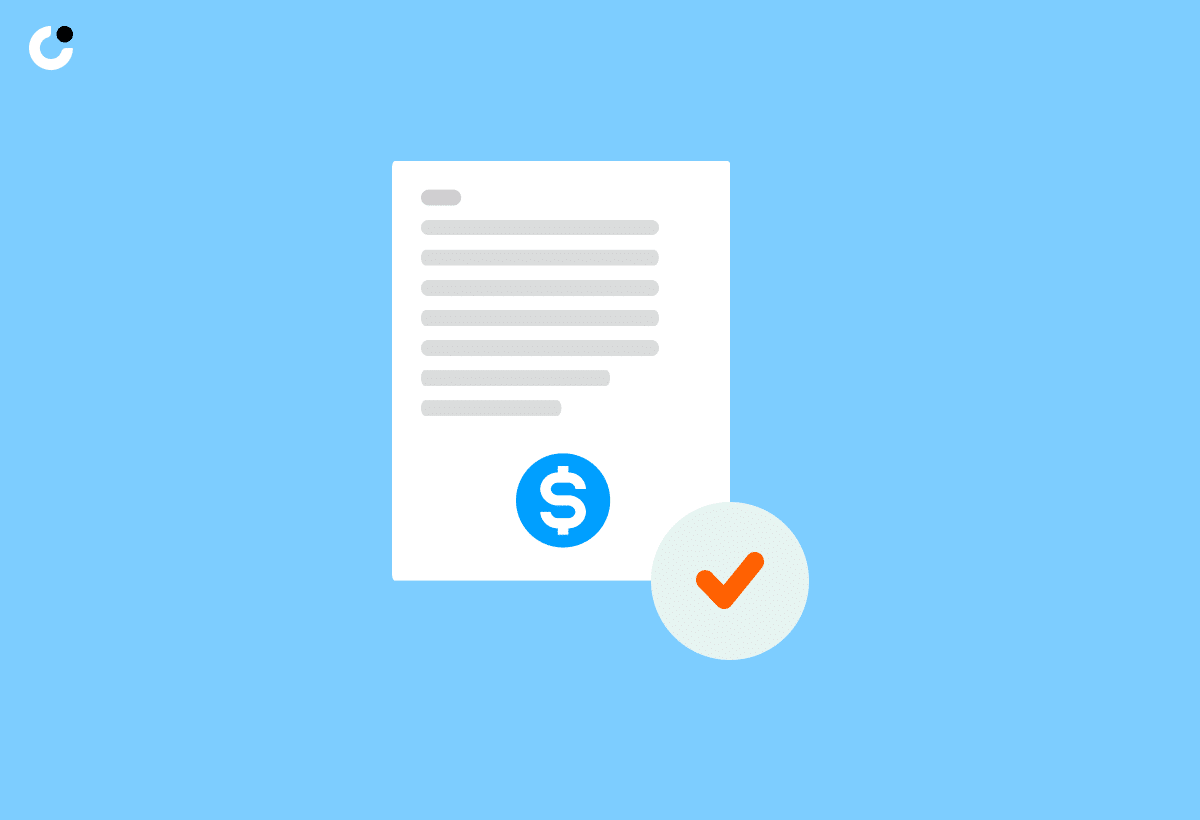
Exploring various examples of reimbursement letters can provide valuable insights into crafting effective communication for different reimbursement scenarios.
For instance, a travel expense reimbursement letter should clearly outline the incurred expenses, provide necessary supporting documents such as receipts, and express gratitude for the prompt attention to the matter.
On the other hand, a medical bill reimbursement letter requires a detailed breakdown of medical services rendered, copies of invoices, and a request for reimbursement within a specific timeframe.
When drafting a request for advance payment, it is important to specify the purpose of the advance, outline repayment terms, and assure compliance with company policies.
In case of lost or damaged items, a reimbursement letter should describe the item, state the circumstances of loss or damage, and request compensation or replacement accordingly.
Sample Reimbursement Letter for Travel Expenses
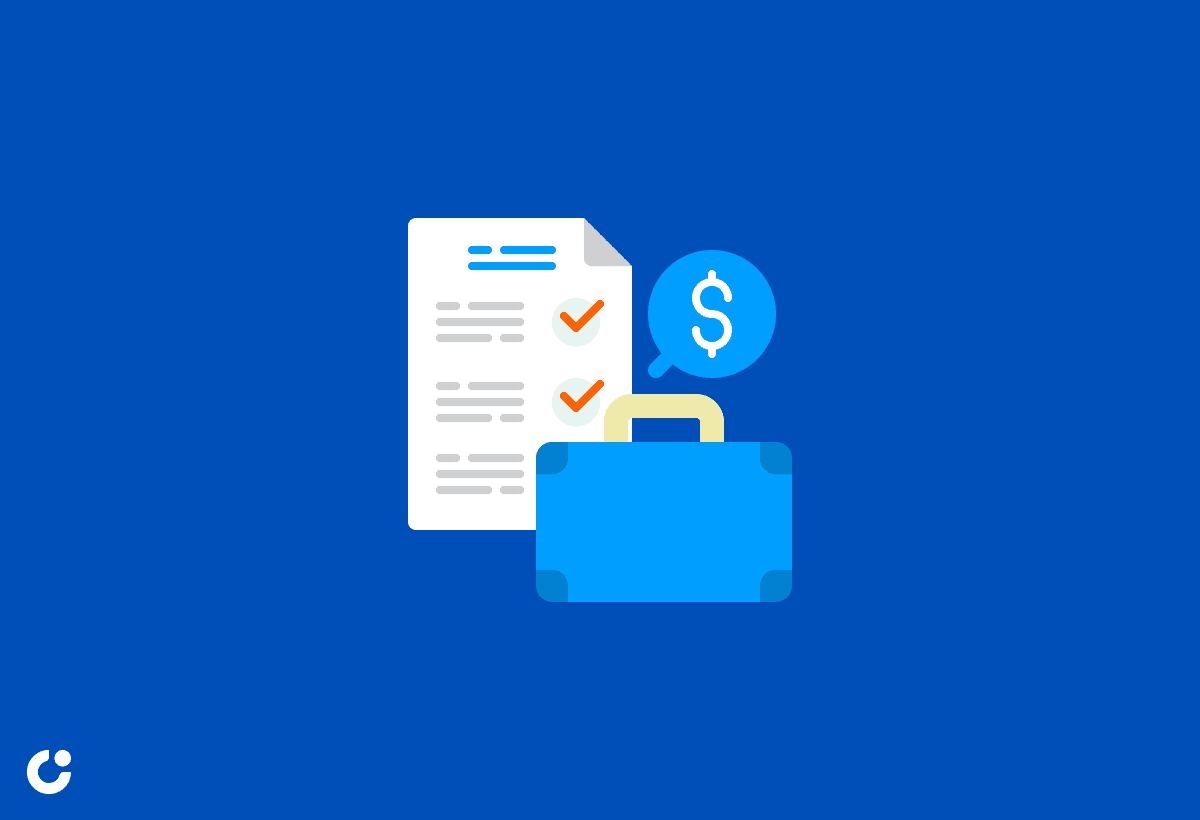
A sample reimbursement letter for travel expenses serves as a template for individuals seeking repayment for costs incurred during business trips or personal journeys.
When drafting this type of letter, it is crucial to include all relevant details such as the purpose of the trip, dates of travel, destination, and a breakdown of expenses. For example, you can itemize costs like accommodation, transportation (flights, trains, taxis), meals, networking events, and any other related expenses. Attach copies of receipts or invoices to support each expense listed, ensuring a clear and accurate record of the incurred costs.
It's essential to maintain a tone of professionalism and politeness throughout the letter. Clearly state the total amount being claimed for reimbursement and provide a deadline for the processing of the request. Remember to thank the recipient for their attention and prompt handling of the matter, highlighting your appreciation for their support.
Reimbursement Request Letter for Lost or Damaged Items

A reimbursement request letter for lost or damaged items conveys the need for compensation due to unforeseen circumstances that resulted in the loss or damage of personal belongings.
When composing such a letter, it is crucial to provide a detailed account of the incident, including the date, time, and location where the loss or damage occurred. Listing the specific items that were affected and their estimated value adds clarity and credibility to your claim. Documenting any relevant insurance policies or coverage associated with the lost or damaged items can also help expedite the reimbursement process.
Adopting a professional and factual tone in your communication can enhance the chances of a successful reimbursement claim. Remember, clear and concise information is key when seeking compensation for lost or damaged items through a formal request letter.
Sample Reimbursement Letter for Medical Expenses

A sample reimbursement letter for medical expenses assists individuals in seeking financial recovery for healthcare costs incurred due to treatment, consultations, or medication.
When creating a reimbursement letter for medical expenses, it is crucial to structure it systematically. Begin by addressing the letter to the appropriate department or contact person within your insurance provider. Clearly state the purpose of the letter, outlining the medical expenses you are seeking reimbursement for. Document all expenses meticulously, including medical bills, prescription costs, and consultation fees. Provide detailed descriptions for each expense, specifying the nature of the treatment received.
Attaching relevant supporting documents such as medical receipts, insurance policy information, and a letter from your healthcare provider verifying the necessity of the treatment can significantly strengthen your reimbursement claim. Remember to keep copies of all submitted documents for your records in case of any follow-up inquiries from the insurance company.
Request for Reimbursement of Advance Payment Letter
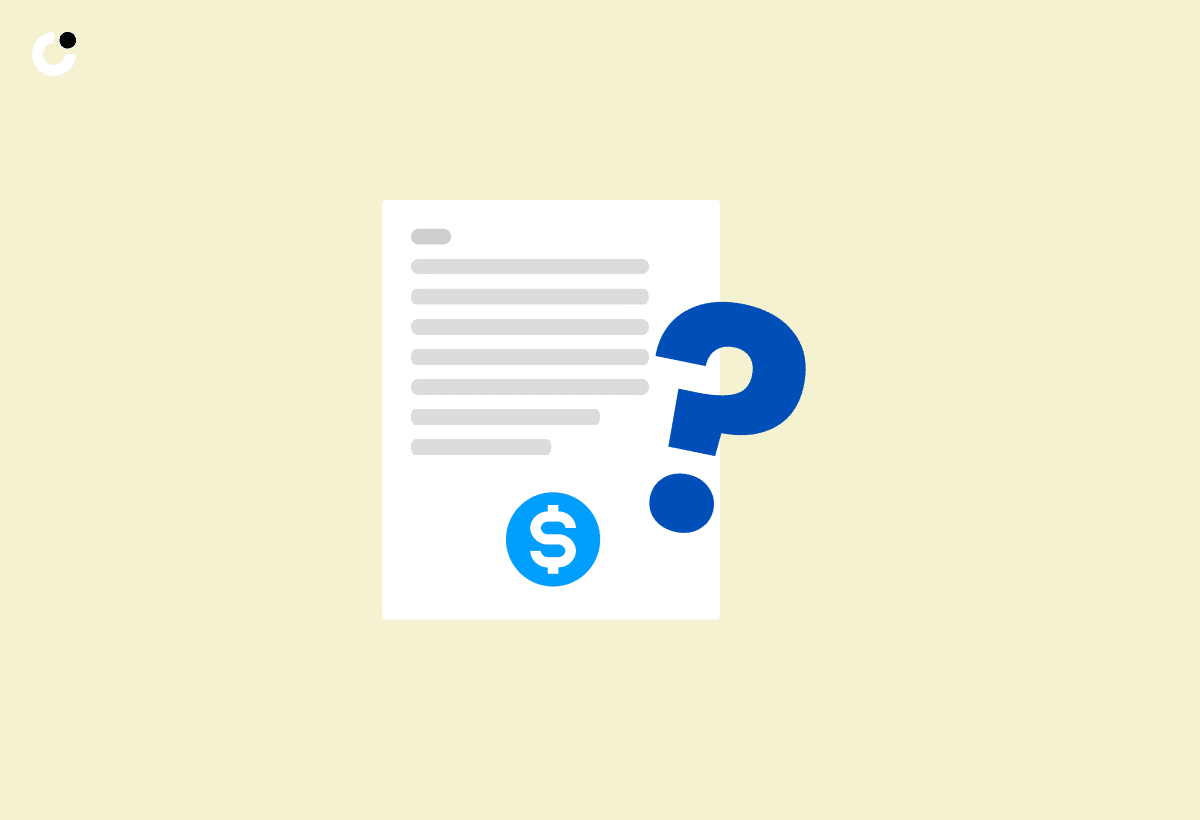
A request for reimbursement of advance payment letter conveys the need for repayment of funds provided in advance for services, reservations, or purchases.
When drafting this letter, it is essential to clearly outline the details of the initial payment, including the amount, date, and purpose, to help the recipient understand the context of the request. Specifying the method of payment, such as cash, check, or credit card, can streamline the refund process. Including copies of any relevant documents, like receipts or invoices, strengthens the legitimacy of the claim and facilitates a swifter resolution. It is also advisable to diplomatically express expectations regarding the timeline for the refund and any applicable terms or conditions associated with the advance payment. By presenting a well-structured and informative reimbursement request, one can increase the likelihood of a timely and satisfactory response from the recipient.
Follow-Up Letter for Reimbursement Status

A follow-up letter for reimbursement status serves as a polite reminder or inquiry regarding the progress of a reimbursement request, ensuring timely updates and resolution.
When drafting such a correspondence, it is crucial to maintain a professional and courteous tone throughout the message. Expressing gratitude for their attention to your request can go a long way in fostering positive relationships with the reimbursement team.
Make sure to be specific in your follow-up, mentioning key details such as the initial request date, reference numbers, or any additional documentation submitted. This clarity helps expedite the process and demonstrates your commitment to resolving the issue efficiently.
Template for Writing a Reimbursement Letter
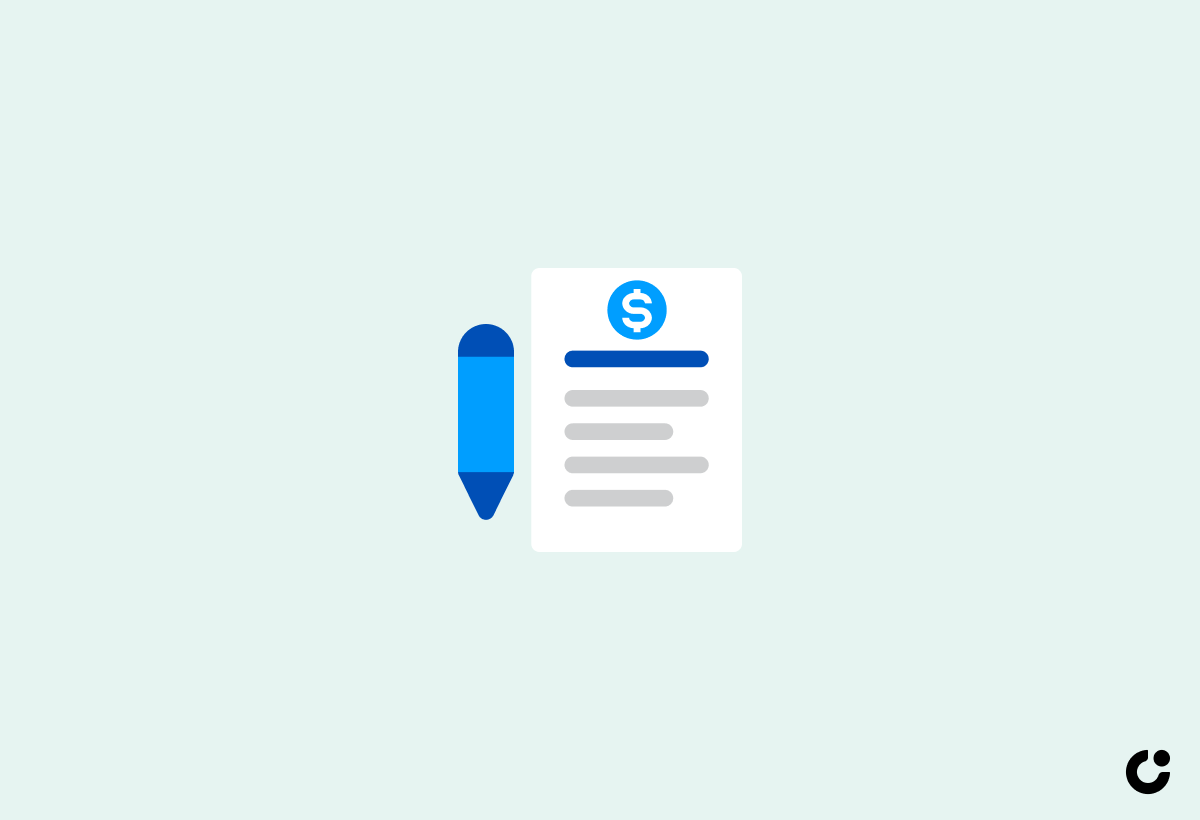
A reimbursement letter template serves as a standardized format that individuals can use to structure their reimbursement requests effectively and professionally.
By providing a clear outline for detailing expenses, specifying payment methods, and setting expectations for refunds, these templates streamline the reimbursement process. Utilizing placeholders for date, recipient information, purpose of expense, and amount incurred, the template ensures accuracy and completeness in the request. It is essential for individuals to tailor the template to their specific needs, maintaining a balance between personalization and adherence to professional standards. Well-designed reimbursement letter templates often feature a polished layout, business-like language, and attention to detail, making them easy to understand and process for the recipient.
Utilizing a Reimbursement Letter Template

Utilizing a reimbursement letter template streamlines the process of drafting reimbursement requests by providing a structured outline and content framework.
By using a template, individuals can ensure that all necessary information is included in the reimbursement request, such as the purpose of the expense, date incurred, and total amount to be reimbursed. In addition, templates help maintain a professional tone and format, which can enhance the credibility and professionalism of the reimbursement communication.
One of the key benefits of leveraging templates is the consistency they bring to reimbursement requests, making it easier for both the requester and the recipient to understand and process the claim. Customizing a template allows for the inclusion of specific details unique to each expense, ensuring clarity and accuracy in the reimbursement documentation.
Tips and Best Practices for Writing Reimbursement Letters

Crafting effective reimbursement letters requires attention to detail, clarity in communication, and adherence to best practices that enhance the chances of successful refunds or payments.
One crucial aspect of writing a reimbursement letter is to ensure clarity in outlining the expenses incurred. Be specific in detailing each item to justify the refund request. Utilize appropriate documentation such as receipts, invoices, or travel tickets to support your claim and validate the expenses. It is also essential to familiarize yourself with the company's reimbursement policies to align your request accordingly.
Maintain a professional tone throughout the letter, expressing gratitude for the consideration of your request.
Following up on your reimbursement submission politely and promptly can expedite the process and address any potential discrepancies.
In case of queries or challenges, be prepared to provide additional information or clarification to facilitate a smooth reimbursement process.
By incorporating these tips and practices, you can enhance the effectiveness of your reimbursement letters and streamline the refund process.
Related Resources for Refund and Reimbursement Letters

Additional resources for refund and reimbursement letters provide valuable insights, templates, and guidelines to assist individuals in navigating the reimbursement process effectively.
These resources offer a plethora of ready-to-use templates for crafting refund and reimbursement letters tailored to diverse scenarios such as travel expenses, medical bills, or lost items. Individuals can find examples specific to their situation to ensure clarity and accuracy in their communication.
Guides and FAQs available in these sources can illuminate the intricate details of refund policies, elucidate essential documentation requirements, and highlight best practices to follow when composing reimbursement requests. By referring to these trusted repositories, individuals can enhance their understanding and proficiency in effectively communicating their reimbursement needs.
Additional Sample Letters for Refund and Reimbursement

Exploring additional sample letters for refund and reimbursement offers diverse templates and examples that individuals can leverage to structure their reimbursement requests effectively.
By referencing various types of templates, individuals can cater their reimbursement requests to specific scenarios and payment categories. Analyzing sample letters for clarity, completeness, and professionalism becomes crucial in ensuring an impactful and well-crafted reimbursement communication. It's essential to tailor each letter to suit individual expense claims and refund requirements, allowing for a more personalized and detailed approach towards receiving reimbursement. Leveraging tips on adjusting templates can further enhance the effectiveness of communication and increase the likelihood of a successful reimbursement request.
Recommended Guides and Samples for Requesting Refund or Reimbursement

Recommended guides and samples for requesting refunds or reimbursements provide valuable assistance in navigating the communication process effectively and professionally.
By referring to these resources, individuals can gain insights into the intricate details of reimbursement policies, understand the necessary documentation requirements, and grasp the communication best practices crucial for successful refund requests.
Trusted sources offer a range of sample letters and templates tailored to various reimbursement scenarios, streamlining the task of drafting compelling refund or payment requests that adhere to industry standards.
Frequently Asked Questions about Refund Letter Formats
Frequently Asked Questions about refund letter formats address common queries and concerns individuals may have regarding the structure, content, and etiquette of reimbursement communications.
One common query relates to the subject line of a refund letter - ideally, it should be clear and concise to grab the attention of the recipient.
In terms of the body content, being specific about the reason for the refund request is crucial. It is essential to include all relevant details, such as order numbers, dates of purchase, and the amount to be refunded, to facilitate a smooth processing.
Attaching supporting documentation, such as receipts or invoices, can strengthen your case and expedite the refund process.
In terms of follow-up procedures, it is recommended to keep a record of all correspondence and follow up politely if there is a delay in response. By following these guidelines, individuals can draft effective refund letters that are professional and concise.
How to Write a Refund Request Letter
Understanding how to write a refund request letter is essential for effectively communicating payment discrepancies, service complaints, or refund claims in a clear and concise manner.
When crafting a refund request letter, start by clearly stating the reason for the request and provide necessary details such as order number, purchase date, and any supporting documentation. Structure your letter with an introduction, explanation of the issue, and a polite request for a refund or resolution.
Accuracy is key in a refund letter as any discrepancies in the information provided can delay the process. Be sure to maintain a professional tone throughout the letter to convey seriousness while also being courteous.
Include any relevant information that may support your claim, such as photos of damaged products or screenshots of payment errors. Personalize the letter to the specific situation and address it to the appropriate recipient for a faster response.
Frequently Asked Questions
What is a reimbursement letter?
A reimbursement letter is a formal request for a refund or compensation for expenses incurred by an individual. It outlines the details of the expenses and provides supporting documentation to justify the request.
Why do I need to write a reimbursement letter?
You need to write a reimbursement letter to formally request for a refund or compensation for expenses that you have incurred. It serves as a record of your request and provides evidence for the reimbursement.
What should I include in a reimbursement letter?
A reimbursement letter should include the details of the expenses incurred, including dates, amounts, and receipts or other supporting documents. It should also clearly state the reason for the request and any relevant policies or agreements that support your claim.
How do I format a reimbursement letter?
A reimbursement letter should have a professional and formal tone. It should be addressed to the appropriate person or department and include a clear subject line. The letter should be organized with an introduction, body, and conclusion, and all relevant details should be included in a clear and concise manner.
What is the recommended timeline for submitting a reimbursement letter?
It is recommended to submit a reimbursement letter as soon as possible after the expenses have been incurred. Some organizations have a specific timeframe for submitting reimbursement requests, so it is best to check with your employer or the relevant department.
What should I do if my reimbursement request is denied?
If your reimbursement request is denied, you can follow up with the appropriate person or department to inquire about the reason for the denial. You can also provide additional documentation or evidence to support your request. If all attempts to receive reimbursement are unsuccessful, you may need to seek further guidance from a supervisor or human resources representative.

